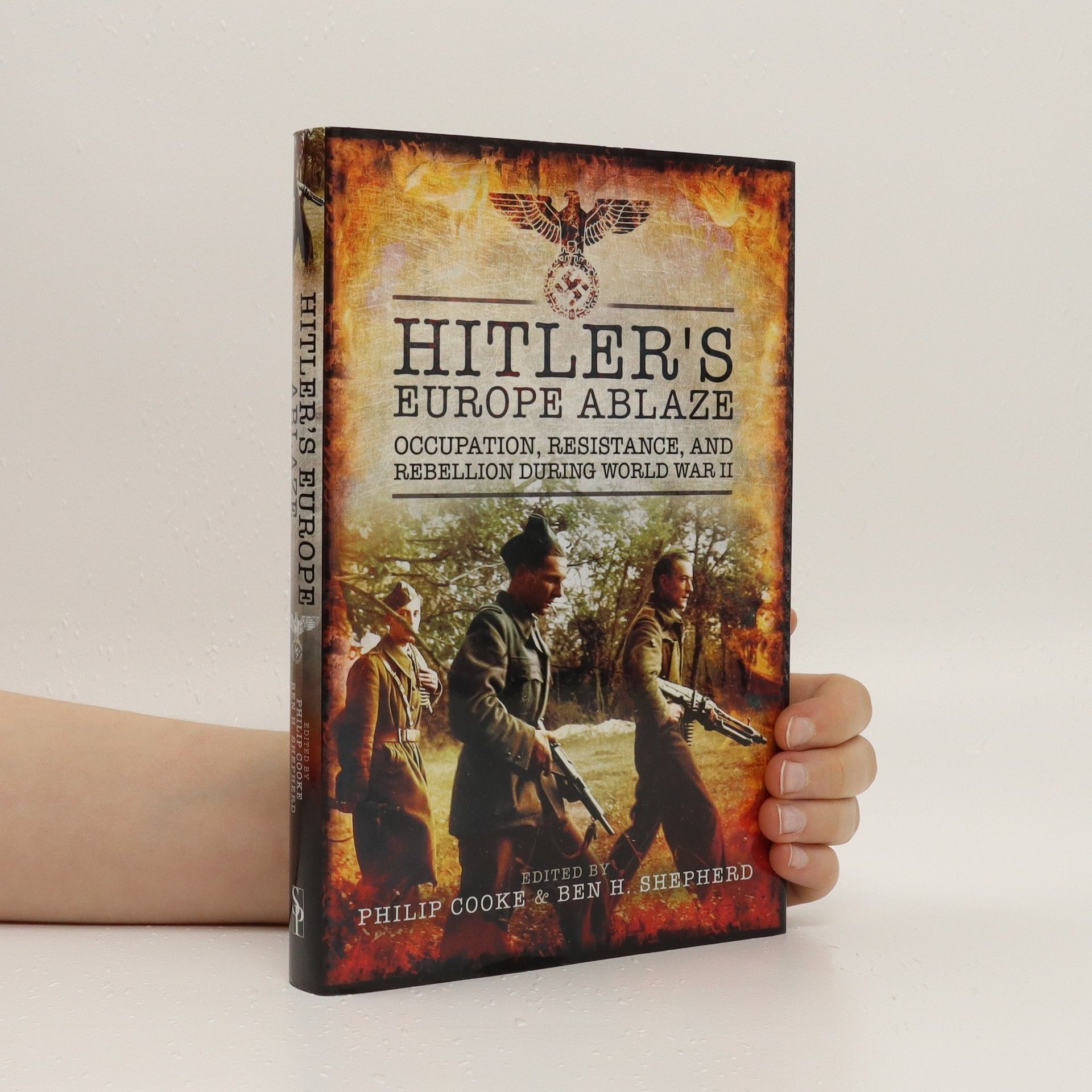The Book of Say
- 574 pages
- 21 hours of reading
Set against the backdrop of the early 1980s, a young boy named Finn grapples with his father's rare blood disease, which faith alone cannot heal. As his father seeks treatment on the AIDS wing of the National Institutes of Health, Finn is sent to live with strangers in rural South. With his red fireman's bag symbolizing his father's struggle, he navigates complex emotions about good and evil, questioning why a loving God fails to provide miracles, warmth, sustenance, or maternal love.


